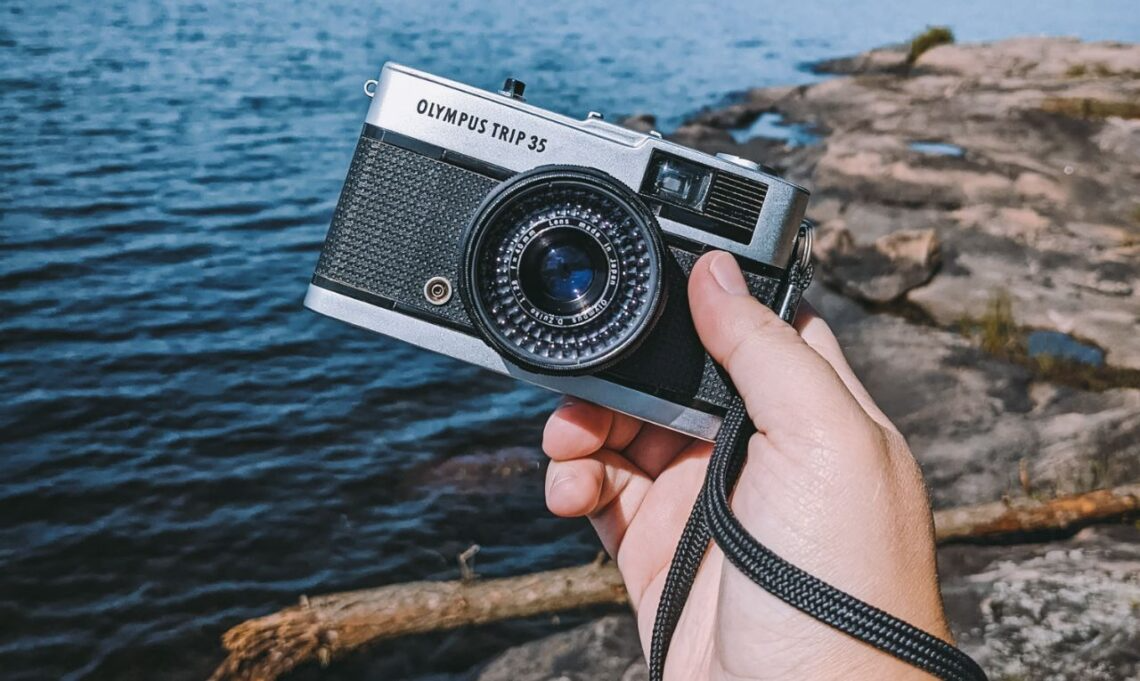When a camera stops working, it can be a source of frustration for any photographer, whether they are a professional or an enthusiast. There are several possible reasons why a camera might not be functioning correctly, and identifying the issue is the first step towards resolving it.
Diagnosing Power Issues in Cameras
Understanding why a camera won’t power up is the first step in troubleshooting. Here are some common power-related problems and ways to address them.
Checking the Battery
The most common culprit for a camera not turning on is a problem with the battery.
Ensuring Proper Charge and Placement
First, ensure that the battery is fully charged. A depleted battery will prevent the camera from turning on. If the battery has been sitting idle for a long time, it may have self-discharged. Place the battery in the charger and wait until it is fully charged before trying to power on the camera again.
It is also important to verify that the battery is inserted correctly. Incorrect battery placement can prevent the camera from receiving power. Check the alignment symbols on both the battery and the camera’s battery compartment, and carefully insert the battery accordingly.
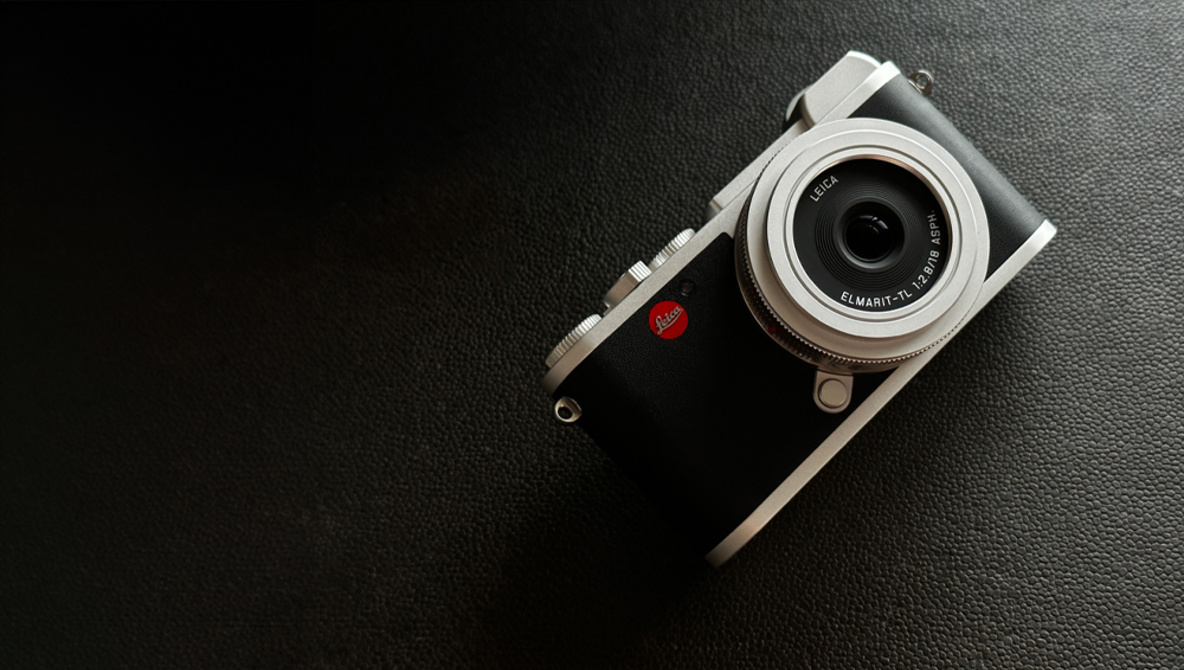
Inspecting Battery Health
Over time, rechargeable batteries can lose their ability to hold a charge. If your camera’s battery is old, it may no longer be functional. Try using a different battery, if available, to see if the camera powers on. If it does, the original battery may need to be replaced.
Cleaning Battery Contacts
Dirty or corroded battery contacts can also prevent power from reaching the camera. Inspect the contacts in the battery compartment as well as on the battery itself. If you notice any dirt, dust, or corrosion, carefully clean the contacts with a dry, soft cloth. If the corrosion is severe, you may need to use a cotton swab lightly dampened with isopropyl alcohol. After cleaning, allow the contacts to dry completely before inserting the battery.
Examining the Power Source
If the camera operates on an alternative power source like an AC adapter, ensure that the source is functioning correctly.
Testing the AC Adapter
If you’re using an AC adapter, check that it is properly connected to both the camera and a working power outlet. Inspect the adapter, cable, and connectors for any signs of damage, such as frayed wires or bent pins. If possible, test the adapter with a different camera or test the camera with a different adapter to determine where the issue lies.
Verifying External Power Sources
For cameras that can be powered via USB, such as from a computer or power bank, ensure that the USB cable is properly connected and that the external power source is turned on and providing power.
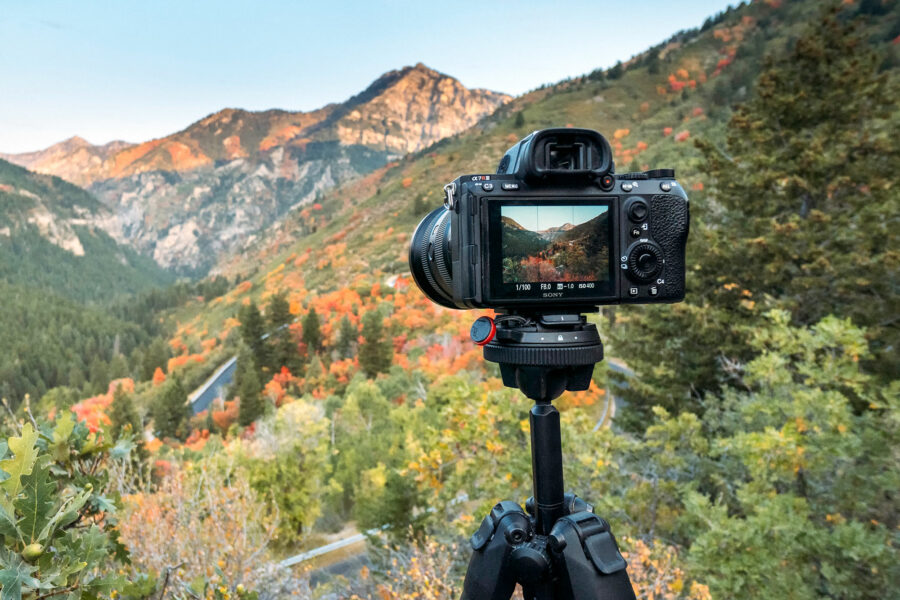
Conclusion
Power issues are among the most common problems faced by camera users. By checking the battery’s charge, health, and contacts, as well as ensuring proper function of alternative power sources, most power-related issues can be resolved. If these steps do not remedy the situation, it may indicate a more serious problem within the camera itself, and professional repair may be necessary.
Memory Card Issues
Another frequent issue is related to the camera’s memory card.
Ensuring Proper Memory Card Use
Check if the memory card is inserted correctly and is compatible with your camera. If the card is full, the camera might not be able to take more pictures until space is freed up. Format the card in the camera itself for the best compatibility, but make sure to back up your images first, as formatting will erase all data.
Lens Problems
A malfunctioning lens can also prevent a camera from working correctly.
Lens Connection and Cleanliness
Make sure the lens is properly attached to the camera body. If there is an error message or if the camera cannot focus, detach the lens and check for any dirt or debris on the contacts. Clean them gently with a soft, dry cloth before reattaching the lens.
Troubleshooting Camera Software Glitches
From firmware issues to corrupted settings, software glitches can cause a range of problems. Here’s how to diagnose and address common software-related issues in cameras.
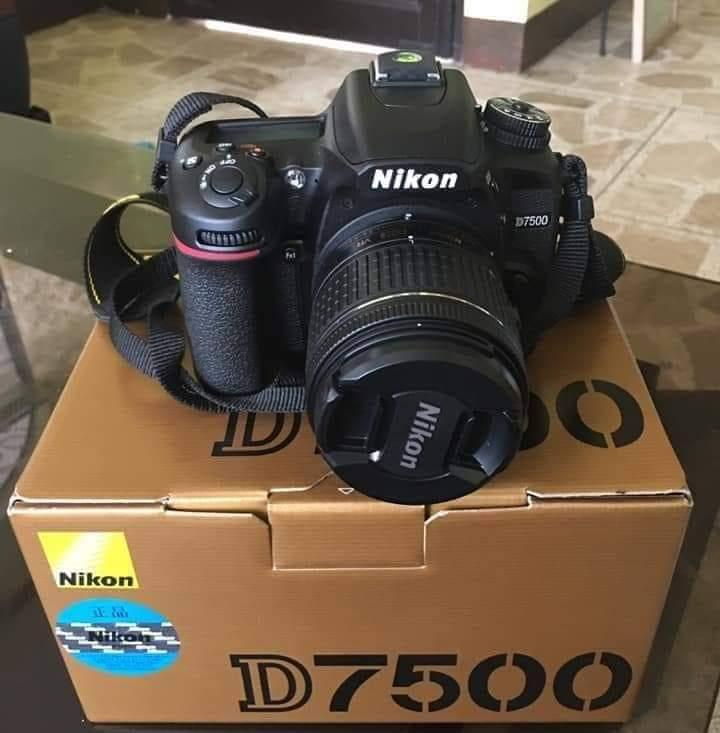
Identifying Software Problems
Recognizing software glitches is the first step in resolving them. Indicators of software problems can include error messages, unexpected behavior, or a complete failure to start up.
Recognizing Symptoms
Pay attention to any unusual behavior from your camera. If it suddenly freezes, displays error codes, behaves inconsistently, or certain features stop working, these can all be signs of software issues.
Conducting a Soft Reset
A soft reset can often clear temporary software errors and is a good initial troubleshooting step.
Performing the Reset
To perform a soft reset, turn the camera off and remove the battery or disconnect the power source. Wait for about a minute, and then reinsert the battery or reconnect the power. This break in power can reset the camera’s internal memory, potentially clearing any glitches.
Updating Firmware
Firmware is the permanent software programmed into the camera’s read-only memory. Keeping it up to date is crucial for the smooth operation of your camera.
Checking for Firmware Updates
Check your camera manufacturer’s website for firmware updates. Manufacturers often release updates to fix known bugs and improve camera performance. Be sure to follow the provided instructions carefully when updating firmware, as incorrect installation can lead to further complications.

Restoring Factory Settings
When persistent software issues occur, restoring it to its factory settings can be a more drastic, but necessary, step.
Resetting the Camera
Look for an option in your camera’s menu system to reset all settings or restore factory defaults. This action will revert any custom settings or preferences back to their original state but can also eliminate software issues resulting from configuration errors.
Handling Severe Software Issues
If basic troubleshooting doesn’t resolve the software glitches, more in-depth measures may be going to need.
Seeking Professional Assistance
For software problems that prevent it from operating altogether, or if you feel uncomfortable performing a firmware update, it may be best to seek professional help. Camera manufacturers often offer repair services or can direct you to authorized service centers.
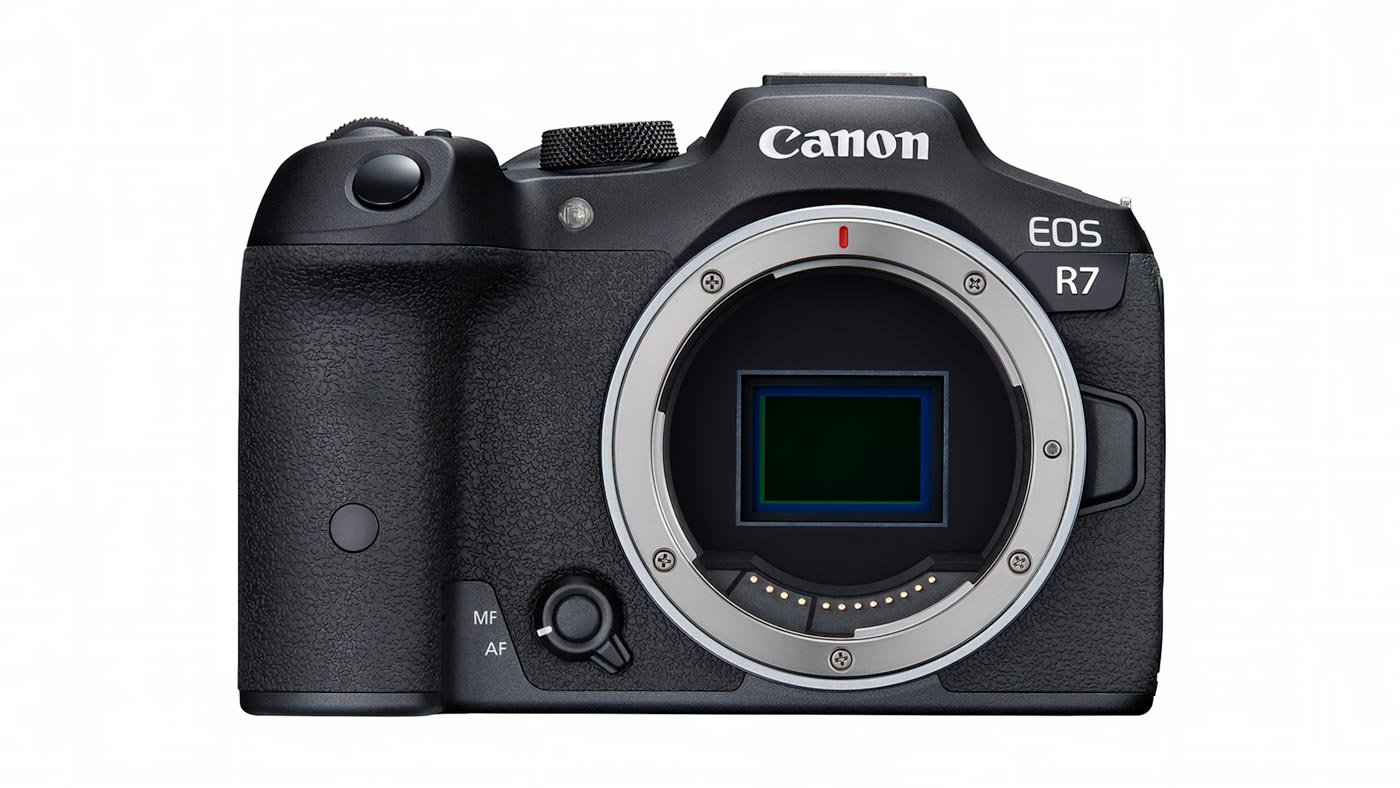
Conclusion
When a camera is not working, there can be a variety of causes, from power and memory card issues to lens and software problems. By taking a systematic approach to troubleshooting, starting with the most common and easily solved issues, you can often get your camera back up and running quickly. Before purchasing a used Pixel 3 XL, it’s important to troubleshoot why the camera won’t work, ensuring you don’t encounter unexpected issues with your smartphone’s photography capabilities. If these steps do not resolve the problem, it may be time to consult the camera’s manual or reach out to a professional repair service for further assistance.
